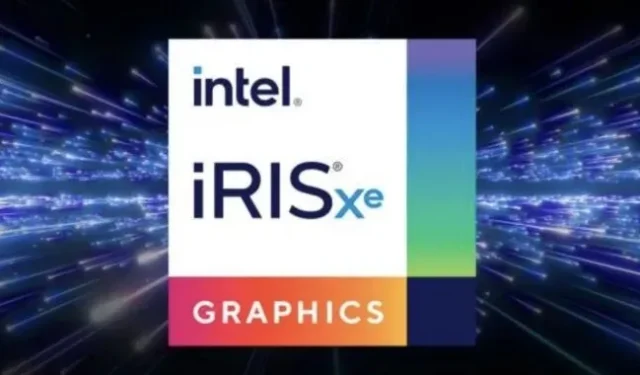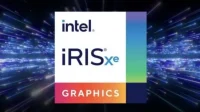There are two things to love about version 2.0 of AMD’s FidelityFX Super Resolution (FSR) upscaling technology, which finally started showing up in actual games late last week. Most importantly, the quality of the enlarged image is significantly better than in FSR version 1.0. Secondly, FSR 2.0 is compatible with all types of GPUs, including not only AMD, but also older GeForce GPUs that are not compatible with Nvidia’s proprietary Deep Learning Supersampling (DLSS).
New testing from Tom’s Hardware has also revealed another unlikely beneficiary: Intel’s latest integrated GPUs. Using the laptop’s Iris Xe GPU in a Core i7-1165G7 processor, FSR 2.0 was able to increase the average frame rate in the 720p version of Deathloop by about 16 percent, taking it from just under 30fps to just over 30fps and helping to compensate low resolution with built-in anti-aliasing. Not bad for an almost two year old laptop GPU playing a demanding modern game.
There are caveats, some of which apply to all upscaling technologies, and some that apply only to Intel GPUs. FSR 2.0 and DLSS are generally good enough to allow you to slightly increase resolution or quality settings while maintaining playable frame rates. They can also make virtually unplayable games playable, and they can help you squeeze a little more life out of your current GPU if you don’t want (or can’t afford) to upgrade.
But the upscaling isn’t magic either – the integrated GPU in the 10th Gen Intel Ice Lake processor didn’t deliver even close to playable frame rates in Deathloop without FSR 2.0, and FSR’s low-double-digit performance improvement didn’t overcome that. Line 30 fps. Both Intel GPUs also showed a lot of graphical corruption in most test runs, although this was inconsistent and could be fixed in future driver updates.
Wider vendor-independent hardware compatibility could ultimately help AMD achieve with FSR what it did with its FreeSync adaptive sync technology a few years ago. Nvidia’s G-Sync was technically superior, but required more expensive monitors with an additional hardware module installed, and only worked with Nvidia GPUs. Initially, FreeSync wasn’t as good, but it used standard DisplayPort features, making it easier and cheaper to implement. A few years later, Nvidia included FreeSync support in their drivers, and today FreeSync is the more common of the two technologies.
Game developers may choose to support FSR 2.0 over Nvidia’s DLSS for the same reason: it delivers reasonably good results that cover a much wider range of GPU hardware from different manufacturers. However, AMD is not alone in trying to define a more widely compatible standard for high-end scaling—the upcoming Intel XeSS standard can also be used with Intel, Nvidia, or AMD GPUs. Support for DLSS is also fairly entrenched, with relatively broad support across a long list of modern games.


